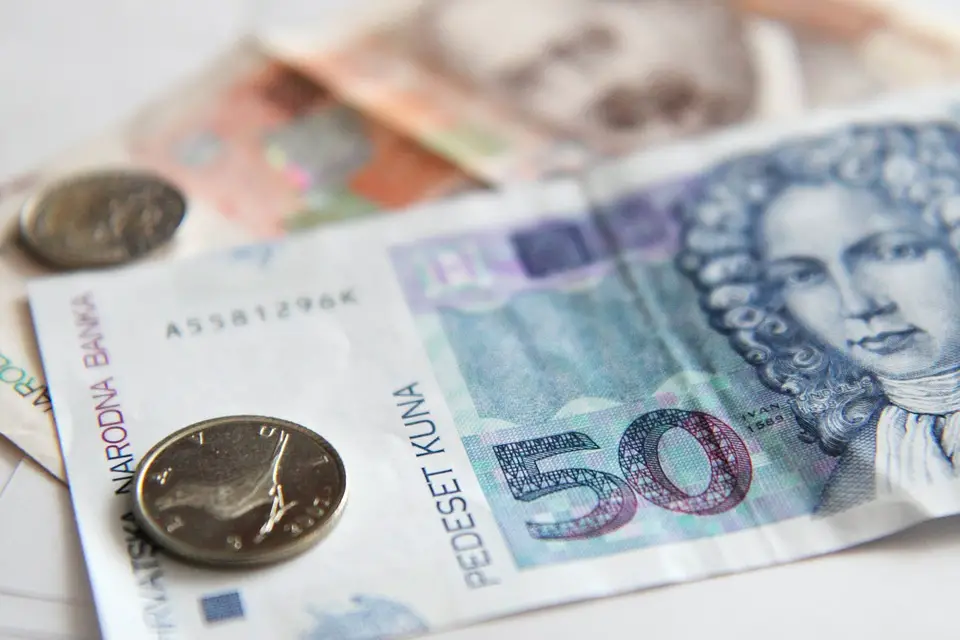As Poslovni Dnevnik writes, the aforementioned strong jump in Croatian cash loans speaks in favour of the growing demand of people for non-purpose cash loans, which was recently discussed by the Croatian National Bank, and in the context of expectations of the increased contribution of personal consumption to GDP growth in the last quarter of 2021.
It may also point to a rise in consumer optimism in November this year compared to the same month last year. Banks have decided to meet the increased demand, so there is almost no bank that isn’t highlighting this offer of a cash loan in its promotional campaigns and on its website.
In part, this is an expected increase in consumption for the pre-festive period, but as times are unusual, trends which would otherwise be typical for this time of year are being closely monitored.
These days, Croatian banks are really bombarding the public with advertisements for “affordable and quick cash”, with interest rates that have never been lower for this type of product, but are still at levels that make this product profitable for banks, even in the face of rising inflation, Novi list writes.
In addition to the fact that some people are now spending more of the cash they saved during lockdown, some people are also taking out non-purpose Croatian cash loans to buy anything and everything, including various consumer goods, and they’re probably also patching up their household budgets in conditions of rising prices.
Some banks have confirmed that people, when it comes to cash loans, continue to demand kuna and not the single currency, despite the fact that the euro is likely to be introduced in early 2023. Admittedly, the maturity of “cash” loans of course implies a shorter period than housing loans do, but they are approved for a period longer than one year.
It turns out that Croatian cash loans, which continue to grow at a slower rate than housing loans do (due to government incentives and real estate investments), are clearly accelerating as we head towards the end of the year, and banks are still expecting their “boom” in December.
Privredna banka Zagreb (PBZ) also confirmed that in the past period there has been a continuous interest in Croatian cash loans, and that “kuna loans still predominate”. OTP banka says that they are continuously recording positive trends in regard to Croatian cash loans, and in the last quarter there has been a slight increase in demand, which, they say, is expected for this time of year, and given the ongoing global coronavirus pandemic and its astounding impact on personal consumption.
In the currency structure, kuna loans are still the most represented, according to OTP, and RBA has been recording an increase in non-purpose loans to people throughout 2021.
They say that the demand for kuna loans is usually higher compared to loans with a currency clause in euros, but in the last quarter there was an increase in non-purpose loans with a clause in euros, probably due to the country edging ever closer to Eurozone entry.
Addiko Bank says that “the end of the year is focused on consumption, gifts and family for consumers, and less on solving financing and investment planning, so that the demand for loans is seasonally the weakest compared to the rest of the year.”
For more, check out our dedicated business section.








